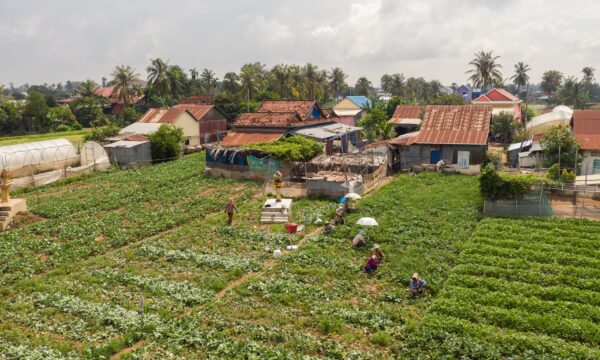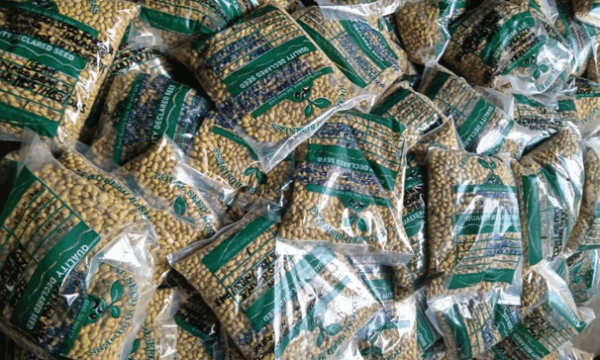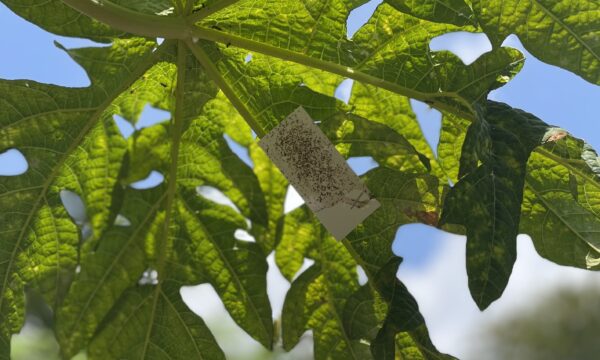Millions of people in the tropics depend on coconuts for food, raw materials and livelihood. Coconuts are also a high value commercial crop. But like any crop, coconuts are at risk of drought and other prolonged events. By using climate science and better agricultural forecast models, the International Research Institute for Climate and Society (IRI) has helped increase the resilience of coconut plantations to climate variability in one of the world’s major producers, Sri Lanka.
“Coconut cultivation sustains the livelihood of large numbers in the tropics and is the most important crop for food security after rice in Sri Lanka,” says IRI scientist Lareef Zubair.
“Coconut is quite different from short-season cereal and pulse crops that we’ve worked with,” says IRI research scientist James Hansen. “We initially thought our ability to forecast rainfall would be the most important factor in forecasting coconut yields months before harvest. Instead, we learned that the history of weather as far as two years before harvest provides quite a bit of information about future yields.”
Simply by monitoring rainfall during a dry season, growers are able to predict future yields up to 15 months in advance with good skill. If there’s too little rainfall, then they can make management decisions, such as irrigating or increasing fertilizer use, to try to mitigate the impacts on yield.
Read more at: Spotlight: Climate and Coconuts
1 Comment
Leave a Reply
Related News & Blogs
Pest preparedness in action: Preventing the coconut hispine beetle invasion in Bangladesh
The coconut hispine beetle (Brontispa longissima) is a destructive pest of palms, including coconut palms. It is a major pest in Southeast Asia, the Pacific and parts of South Asia. For several years, Bangladesh has recognized the potential threat that…
2 June 2025






Dear Sir/Madam,
I need this research document for my final year research. Could you please consider this and give me the best solution. Thank you in advance!
kind regards,
Thakshayini Kamalanathan